NOT SURE WHAT’S GOING ON WITH YOUR ATTIC VENTILLATION?
Active and passive roofing ventilation are the two main types of roof ventilation. The main difference between these two types of roof ventilation is that in active roof ventilation, the air is circulated to indoor spaces using mechanical fans. As a result, this type of ventilation provides a more consistent ventilation system for your home or business because it does not depend on natural air currents.
On the other hand, passive roof ventilation provides air circulation via natural methods such as air current and buoyancy. This type of roof ventilation uses air vents to guide and control air circulation. Because passive roof ventilation depends on natural air currents, it is usually less consistent in ventilating a property compared to active roof ventilation.
Benefits of Active Roofing Ventilation
Perhaps the main benefit of active roof ventilation is that it provides a more consistent ventilation system and that is why it is mostly installed in commercial buildings. Active roofing ventilation is more predictable and consistent. Unlike passive roof ventilation which is usually at the mercy of natural air currents, which make them inconsistent, active roof ventilation is powered by mechanical fans. They usually deliver constant air flow regardless of natural air currents. Active roof ventilation is not susceptible to elements of weather.
It Actively Works to Create Airflow
Active roof ventilation usually works hard to create airflow as opposed to just guiding natural air currents. This means that regardless of the weather condition, you are guaranteed that your home or office will have a constant flow of fresh air. That is why active roofing ventilation is highly recommended for rooms that have excessive heat as well as moist rooms like the bathroom and kitchen.
Final Thoughts- is It Worth Installing Active Roofing Ventilation?
Now that you know what active Roofing ventilation is, you may be wondering whether it is worth it to choose it for your attic. The answer is YES, installing active Roofing ventilation is totally worth it. Although the installation cost of active roof ventilation is quite high compared to passive roofing ventilation, active roof ventilation is more consistent meaning that you are guaranteed continuous air circulation in your home, regardless of whether elements. Active roof ventilation is always a better choice because it is more proactive at creating the ideal airflow needed to ventilate your attic.
What is active roofing ventilation? If you are building a new house or thinking of renovating your current home, then one crucial decision you have to make is the type of attic ventilation to install. The type of roof ventilation that you install in your house matters because it determines how air circulates and your home’s energy efficiency. Proper ventilation also affects your roof lifespan and helps to ensure that your house is habitable during extreme weather like in the summer.
One of the main types of roof ventilation is active roof ventilation. So, what exactly is active roof ventilation, what are its benefits, and is it worth installing it on your house? In this article, we will tell you everything you need to know about active Roofing ventilation to help you make an informed decision.
What is Active Roofing Ventilation?
Active Roofing ventilation is simply a type of roof ventilation that uses a fan blade, turbine, or motor to exhaust air from the attic. Active Roofing ventilation usually exchanges the stuffy air inside the attic of your property with fresh air from the outside at a faster rate compared to passive roof ventilation.
This is because the flow of air in active ventilation is more consistent and predictable compared to the flow of air in passive roof ventilation. This is because active roofing ventilation depends on electricity to run as opposed to unpredictable natural elements. If your house is well insulated and designed, then you can use active roof ventilation only in areas where moisture is generated such as the laundry area, bathroom, and kitchen. This type of ventilation can also bring in the fresh air in damper and cooler rooms like the south-facing rooms. This type of ventilation can also come in handy in ventilating rooms that collect excess heat.
NOT SURE WHAT’S GOING ON WITH YOUR ATTIC VENTILLATION?
Active and passive roofing ventilation are the two main types of roof ventilation. The main difference between these two types of roof ventilation is that in active roof ventilation, the air is circulated to indoor spaces using mechanical fans. As a result, this type of ventilation provides a more consistent ventilation system for your home or business because it does not depend on natural air currents.
On the other hand, passive roof ventilation provides air circulation via natural methods such as air current and buoyancy. This type of roof ventilation uses air vents to guide and control air circulation. Because passive roof ventilation depends on natural air currents, it is usually less consistent in ventilating a property compared to active roof ventilation.
Benefits of Active Roofing Ventilation
Perhaps the main benefit of active roof ventilation is that it provides a more consistent ventilation system and that is why it is mostly installed in commercial buildings. Active roofing ventilation is more predictable and consistent. Unlike passive roof ventilation which is usually at the mercy of natural air currents, which make them inconsistent, active roof ventilation is powered by mechanical fans. They usually deliver constant air flow regardless of natural air currents. Active roof ventilation is not susceptible to elements of weather.
It Actively Works to Create Airflow
Active roof ventilation usually works hard to create airflow as opposed to just guiding natural air currents. This means that regardless of the weather condition, you are guaranteed that your home or office will have a constant flow of fresh air. That is why active roofing ventilation is highly recommended for rooms that have excessive heat as well as moist rooms like the bathroom and kitchen.
Final Thoughts- is It Worth Installing Active Roofing Ventilation?
Now that you know what active Roofing ventilation is, you may be wondering whether it is worth it to choose it for your attic. The answer is YES, installing active Roofing ventilation is totally worth it. Although the installation cost of active roof ventilation is quite high compared to passive roofing ventilation, active roof ventilation is more consistent meaning that you are guaranteed continuous air circulation in your home, regardless of whether elements. Active roof ventilation is always a better choice because it is more proactive at creating the ideal airflow needed to ventilate your attic.
Similar Posts
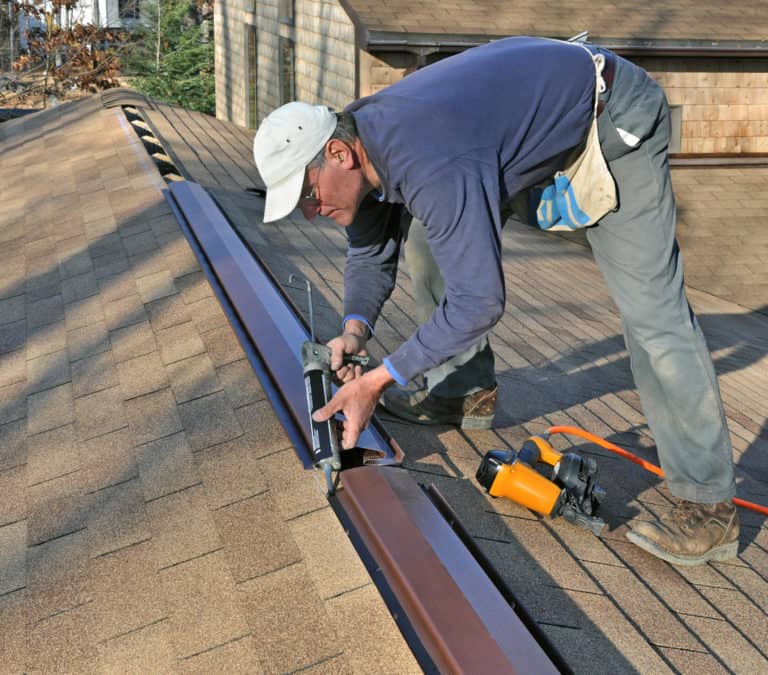
What is the Best Roof Vent for a House
The best roof vent for a house is a ridge vent paired with soffit vents, as this system provides the most balanced and efficient attic ventilation. Together, they create continuous airflow, helping to regulate temperature, prevent moisture buildup, and extend the life of your roofing system. While other vent types offer specific advantages, this passive…
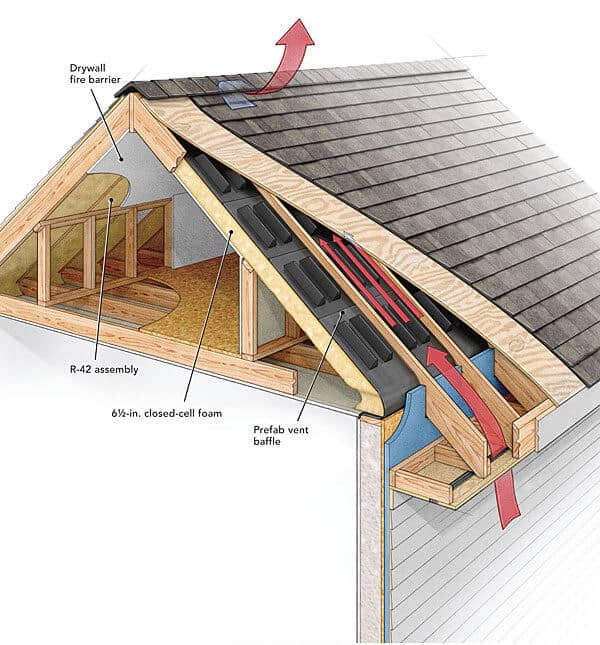
How Do Ridge Vents Work?
Being homeowner in the USA comes with a ton of responsibilities. One of those is getting educated the time arises, so that you can make wise decisions about protecting your home and family from harm. If you have ever asked yourself the question, “How Do Ridge Vents Work? Then you’re in the right place! In…
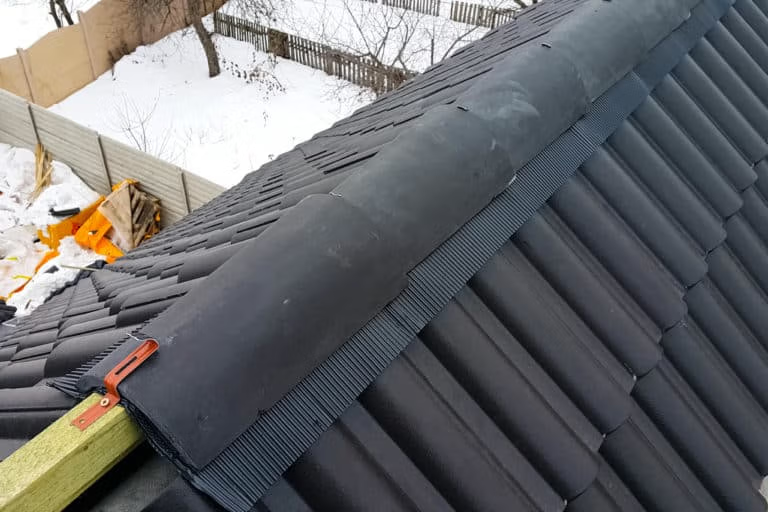
Is a Ridge Vent Better than Roof Vents?
Is a Ridge Vent Better than Roof Vents? Many roofing components may seem comparable, but each of them has their own set of benefits and downfalls. In this article, we will answer the question “Is a Ridge Vent Better then Roof Vents?” Continuous ridge vents (ridge vents) and roof vents are divided by a few…
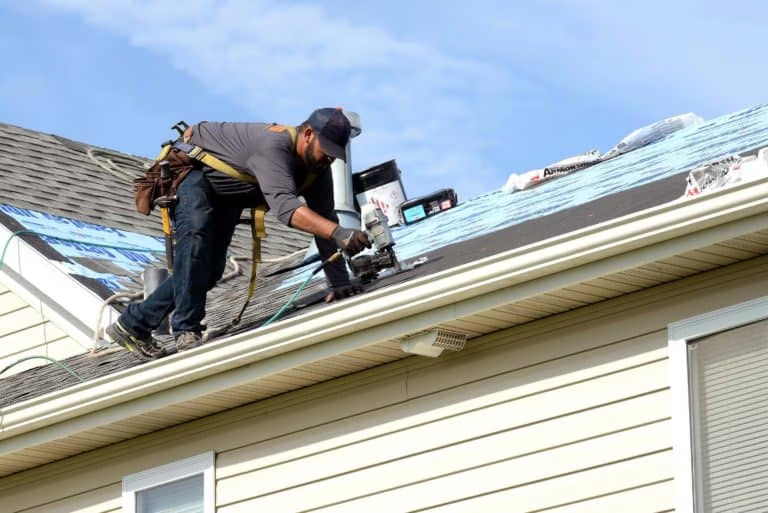
Are Roof Ridge Vents Necessary?
Are Roof Ridge Vents Necessary? Are Roof Ridge Vents Necessary, Well, that’s a good question. The answer is that it depends on a number of factors. Seen on the majority of new homes, roof ridge vents are an easy and efficient technology that countless homeowners are tragically uninformed about. If you have a minute, we are…
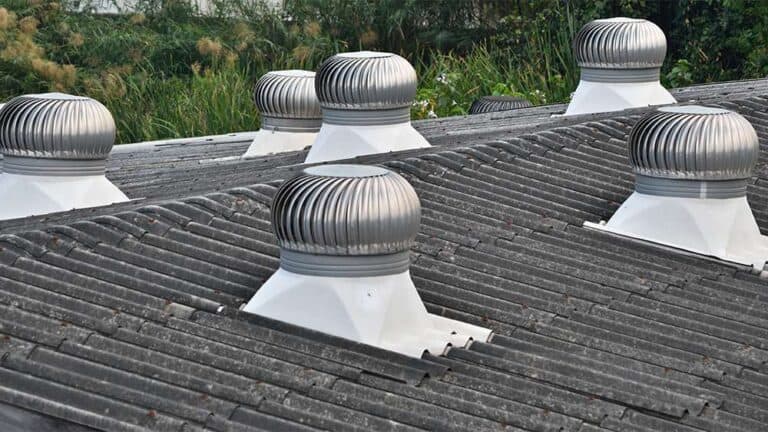
Attic Ventilation Fans: Do You Need Them? 8 Pros and Cons to Help You Decide
A burning hot attic is one of the most common problems homeowners faces in the summers. A hot and stuffy attic can make your entire house unbearable and even cause long-term damage to the structure. Many homeowners see attic ventilation fans as a possible solution. However, before buying any attic cooling equipment, there are a…
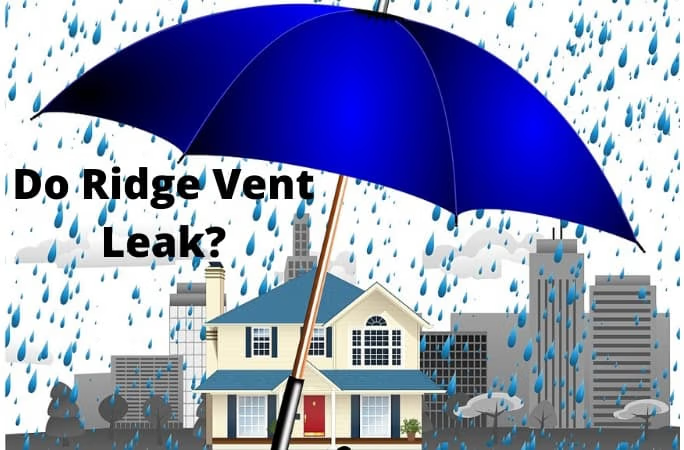
Do Ridge Vents Leak & Common Causes and Remedies
Do Ridge Vents Leak? Reasons Why You Want to Hire Expert Roofers! Does ridge vents leak? Well, that’s a good question! And the answer is it depends. Whether or not your roof ridge vents leak depends on a number of factors, including what condition they are in, how they were installed, how well they were installed, and…
